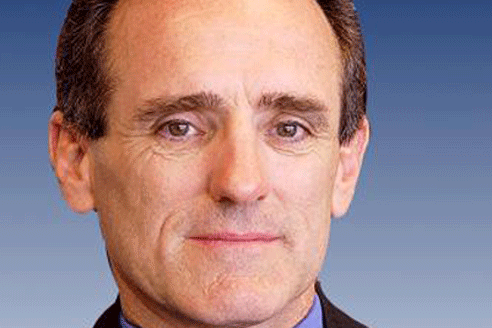Dan Norman, Managing Director & Group Head of ING U.S. Investment Management’s Senior Loan Group, said: “We predict the global hunt for yield will not abate any time soon. In 2013, the senior loan market is likely to be a coupon plus “a little” year. Loan prices are expected to remain firm, and we will be patiently waiting for a shift in monetary policy that will eventually encourage rates to rise.”
ING IM states that, in terms of total return expectations for the year, it agrees with the consensus of Wall Street analysts. Therefore, its target total return range for the loan asset class for 2013 is between 5.5% and 6.0%. The investment manager believes that this outlook builds on the successful 2012 enjoyed by the senior loan asset class.
Dan Norman continues: “Overall, 2012 emerged as a favourable year for the global senior loan market. The year started and ended strongly with a few speed bumps along the way. The US fiscal cliff, European indecision, and geopolitical unrest in the Middle East were just a few hurdles 2012 seemed to gracefully push further down the track.
With healthy demand from both new CLO issuance and loan mutual fund inflows, and a strong institutional new issue pipeline that remained robust through the end, 2012’s technical strength is apparent and looks to carry into the beginning of 2013.”
ING IM highlights that, supported by the reappearance of CLO issuance, the S&P/LSTA Leveraged Loan Index was up 9.64% for 2012 with an average bid of 96.79 ticked up 518 bps as of December 31, 2012.
Furthermore, last year saw a total of 69 CLO managers launch 116 new vehicles with the latter totalling $53.5 billion, which is double the amount of $27.9 billion issued in the past four years combined. The new found CLO demand for bank loans was added to roughly $8 billion of inflow to bank loan mutual funds, up from $6.3 billion in 2011. The investment manager notes that approximately 16% of the total inflow was a result of ETF inflows.
Dan Norman concludes:“Looking ahead to 2013, the default outlook is increasingly favourable, as the 2013 maturity wall standing at a whopping $28 billion last year has been reduced to a measly $4.7 billion. Estimates for 2013 default rates hover around 2.04% which, although higher than last year, is still well below the long term average of 3.3%.”



 For Fórmate a Fondo
For Fórmate a Fondo